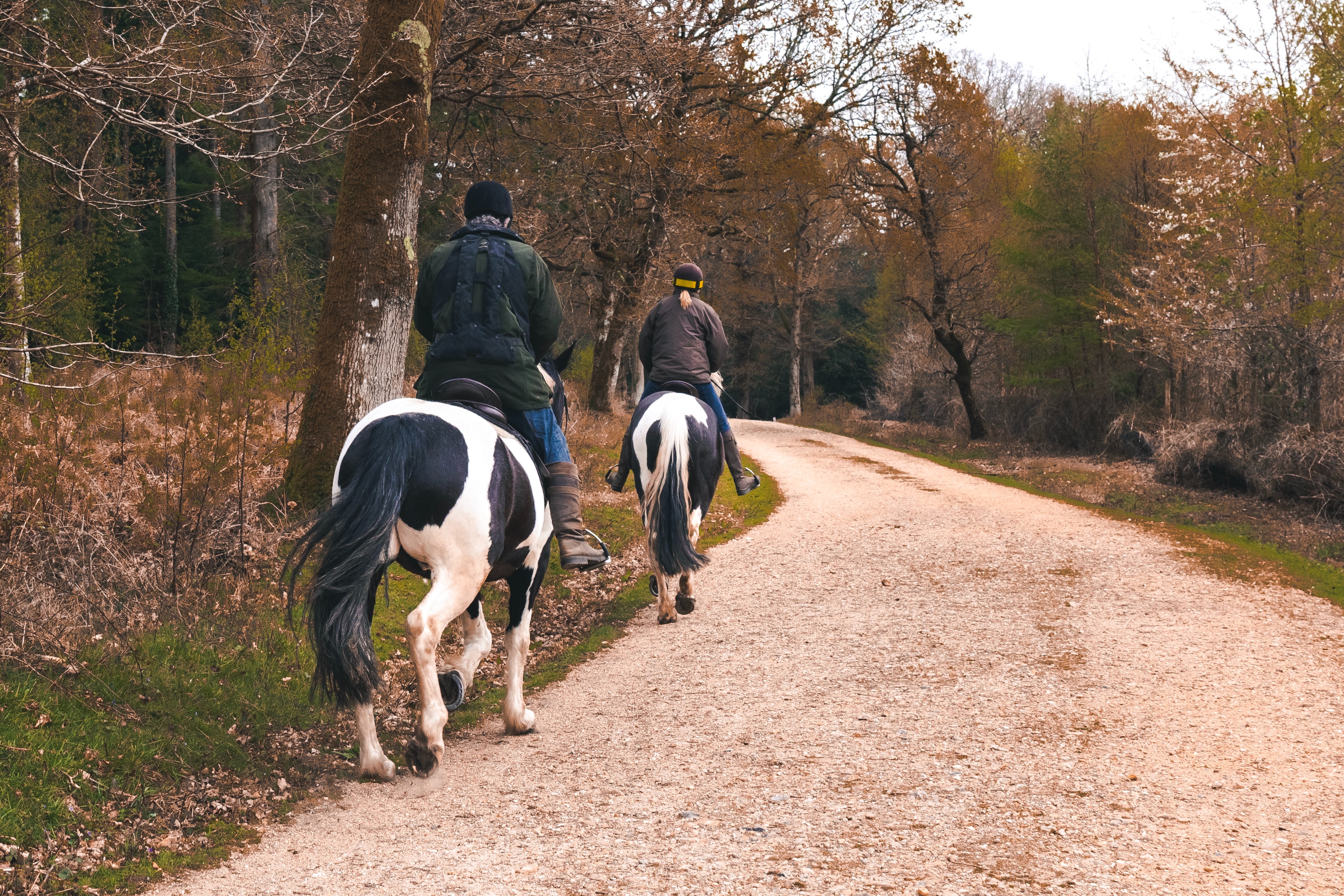With the warmer weather upon us and lockdown restrictions easing, the number of riders looking to take their horses out on the road is likely to increase. Horses have extremely heightened senses and are very powerful creatures, so when it comes to passing them, whether by car or on a motorbike, this needs to be done safely to protect all parties sharing the road. According to the British Horse Society, nearly two horses are killed on UK roads each week, so this week we look at how to pass a horse safely, keeping the horse, rider and yourself safe in the process, with some top tips from Richard Gladman, Head of Driving and Riding Standards at road safety charity, IAM RoadSmart.

Tips for approaching a horse from behind
Slow down and hold back: Make sure it’s safe to approach and overtake, staying at least three car lengths behind - be careful to not move into this space. Be prepared to slow down further or even stop and try to avoid making any sudden movements and loud noises such as revving the engine or playing music loudly as this may spook the horse.
Most riders, and on occasion their horses, will be in hi-vis so you should see them and be able to slow down and adjust your speed in good time. It’s worth remembering that in the countryside they could be around any corner!
Space: When passing the horse and rider make sure you give them plenty of space. It’s recommended that you give them at least a car’s width and ensure it’s done slowly, sticking to 15mph or under.
If you’re on a country road and there’s not much room to manoeuvre around the horse, the rider may decide to trot towards the nearest lay-by or grass verge. Do not speed up to match their trot, stay back and allow them to get to safety before overtaking.
Safety: You may see two riders side by side, this could be for safety reasons, either an inexperienced rider or nervous animal is being coached along by a more experienced companion. In these circumstances, it’s best to be patient as you might have to give them extra time and space.
Acceleration: Use gentle acceleration when passing the horse and, when moving away, you may want to consider a higher gear to reduce engine noise. Both rider and horse may be inexperienced and nervous in traffic; so do your bit to keep them safe.
If there are grass verges, many riders will take the option to move themselves up onto them and allow you to pass. Continue to pass slowly as the noise of your engine can still spook the horse.
Tips if a horse is approaching on the other side of the road:
Safely slow down and consider putting on your hazard warning lights for anyone that may be behind you. Be prepared to stop completely to allow the horse and rider to safely pass you if of course, it is safe to do so.
It is worth mentioning that if you see any incidents involving a horse and rider that you should always contact the police with any information you have. Alternatively, you can also report an incident here. Richard Gladman says “Horses are intelligent animals that may have anxieties just as we do, driving in a manner that allows the horse to stay calm and the rider to remain in control is the safest thing for all of us. A few moments out of your day to make sure everyone is safe is worthwhile. Riders are encouraged to take the BHS safety course and make sure they are well prepared. As drivers, we can do our part by making sure we share the road space safely.”
Still unsure of what to do if you encounter a horse on the road? Then take a look at this video from the British Horse Society: https://bit.ly/3tEHtfi
Other CarCliq articles that might interest you:
The Pawfect Car For You And Your Pet
Travelling With Your Pets In The Car
Safe Driving: Animal Awareness
For more CarCliq Guides, click here.